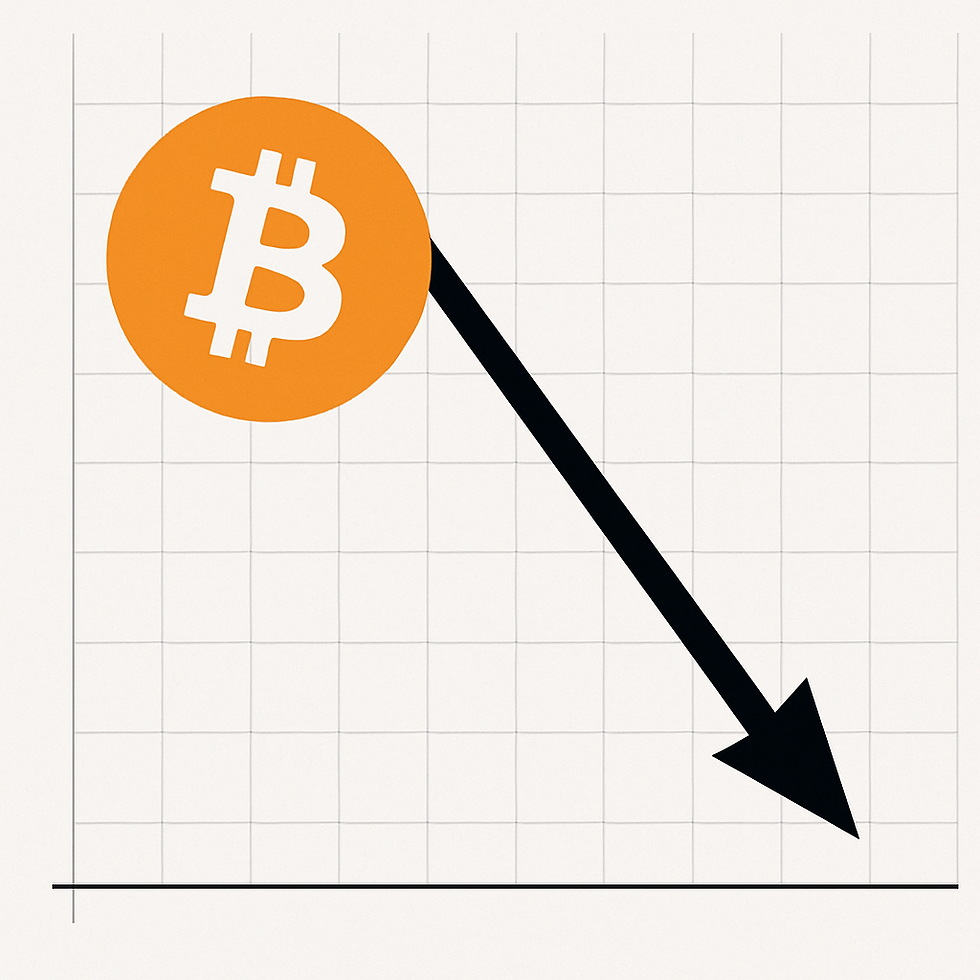Shabbat Devarim
- WireNews

- Aug 8, 2024
- 3 min read
Deuteronomy 1-3:23 - What’s in a Name?
by Rabbi Jeremy Rosen

Why do we call this, the fifth book of the Torah, that we start this week, Devarim. Whereas non-Jews and some Jews call it Deuteronomy. We also call it the Mishneh Torah , the copy or second version of the Torah. A name the great Medieval Maimonides adopted for his great work on Jewish Law.
The text of the Torah, otherwise known as the Five Books of Moses ( Chumash or Five) , or the Pentateuch ( Five in Greek). It is written in Assyrian Hebrew script without vowels, sentences or titles. How then did we come to get verses, chapters and book names?
According to the Talmud, along with the written Torah, came the Oral Torah of explanations, expansions, and interpretations of the Torah. These included what is called in ecclesiastical terminology cantillations. How the Torah was read or sung. We call them Ta’amei Hamikra. They are the same for everyone, but the actual sounds vary from community to community and place of origin and culture. And are handed down from father to son and master to pupil.
The Torah was translated first into Greek at the request of Ptolemy Phildelphus of Egypt and scholar ( 285-247 BCE). The Greek ruler and one of Alexander’s successors. It was called The Septuagint, from the Greek 70. Because, according to tradition seventy-two Jewish translators, six from each tribe were all placed in separate rooms to see if they all agreed on the text. And these too had no punctuation or sentence and chapter divisions. The rest of the Hebrew Bible was translated from Hebrew to Greek by various hands over the next century or so.
Much later Christianity provided the Latin Vulgate. Jerome had been commissioned by the pope in 382 CE, to revise and translate the various texts in use. The Vulgate was to become the official Bible in use by the Catholic Church. This too contained no punctuation.There were variations, albeit relatively minor, in the Hebrew texts of the Second Temple and beyond. They were not reconciled and combined into what became called the Masoretic Text which is our accepted text today.
The Masoretes were scholars who worked on standardizing the text, lived mainly in Tiberius, Jerusalem and Babylonia between the 9th and the 11th century CE. Their work produced the various Codexes ( unlike traditional scrolls) some have survived to this day. The oldest complete text is the Leningrad Codex . But earlier ones with parts missing are the Aleppo Codex and the Sassoon Codex which was recently was auctioned for $38.1million. The Masoretic text also contains sections, or portions, called par(a)shiyot. And the term is also applied to the portions of the Torah we read in synagogue. There are neither chapters nor verses but notes and comments on the side unlike the Torah of course.The end of a parashah is indicated by a space within a line (a "closed" section) or a new line beginning (an "open" section). The division of the text reflected in the parashot is usually thematic.
Cardinal Hugo de Sancto Caro is often given credit for first dividing the Latin Vulgate into chapters. But his contemporary Stephen Langton, the English Cardinal and Archbishop of Canterbury created the chapter divisions which are used today, between 1207 and his death in 1228.
It was the inventor of the printing press Johannes Gutenberg ( C.1393-1468) that has had a huge impact on how we see the name and divisions of the text in Bibles. Jews were not allowed to print in the Christian world which explains why printed Bibles came to have chapters and verses and Greek names of the books. Hence the last book of the Torah is called Deuteronomy, based on the Greek word for repetition or a second version. Whereas for us it is simply called The Words, that Moses delivered in his farewell address.
For us it is the words, the message that count!
Shabbat Shalom
###
Jeremy Rosen was born in Manchester, England, the eldest son of Rabbi Kopul Rosen and Bella Rosen. Rosen's thinking was strongly influenced by his father, who rejected fundamentalist and obscurantist approaches in favour of being open to the best the secular world has to offer while remaining committed to religious life. He was first educated at Carmel College, the school his father had founded based on this philosophical orientation. At his father's direction, Rosen also studied at Be'er Yaakov Yeshiva in Israel (1957–1958 and 1960). He then went on to Merkaz Harav Kook (1961), and Mir Yeshiva (1965–1968) in Jerusalem, where he received semicha from Rabbi Chaim Leib Shmuelevitz in addition to Rabbi Dovid Povarsky of Ponevezh and Rabbi Moshe Shmuel Shapiro of Yeshivat Be'er Ya'akov. In between Rosen attended Cambridge University (1962–1965), graduating with a degree in Moral Sciences.




